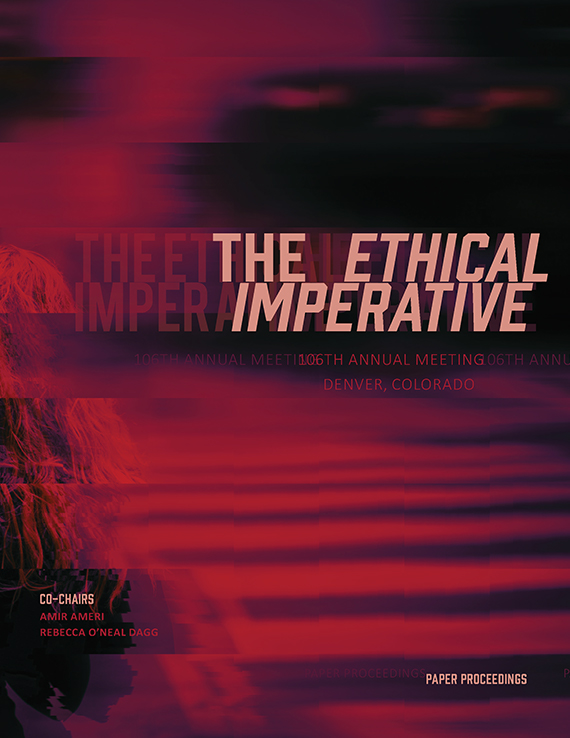Author(s): Angela Rose Bracco
As resiliency becomes increasingly pertinent in today’s conversations about human environments and natural ecologies, it becomes even more pressing that the architectural community joins forces with the natural sciences in order to have a significant impact on the manufacturing, construction, and post-deconstruction of the built environment. This conversation is imperative for the design community to have in order for them to gain a foundational mindfulness towards the concept of biological applications and how they affect the future resiliency of our planet. According to Drew Endy in Synthetic Aesthetic “The Nineteenth Century was shaped by the mechanization of the Industrial Revolution; in the twentieth century, the silicon circuitry of an Information Revolution reconstructed modern life. Now, some predict biotechnology will be the foremost driver of change for the twenty-first century.” Through collaborative endeavors, biologists and architects are combining their efforts to manipulate matter in ways that could ultimately change future standards and practices in the design and building industry. Although biotechnology as a discipline encompasses many advanced endeavors, Architecture can begin addressing concerns of ecological consequences by looking at a critical piece of the puzzle: Materiality. We can distance ourselves from antiquated and harmful production practices simply by expanding the use of organic and biodegradable materials. We can no longer simply look at lifespan, but must also take into account life cycle. A particularly unique bio-composite material that is offering new opportunities in design and building materials is a mycelium inoculated substrate, and it has the potential to make a significant impact on building systems.
https://doi.org/10.35483/ACSA.AM.106.71
Volume Editors
Amir Ameri & Rebecca O'Neal Dagg
ISBN
978-1-944214-15-9

 Study Architecture
Study Architecture  ProPEL
ProPEL 
